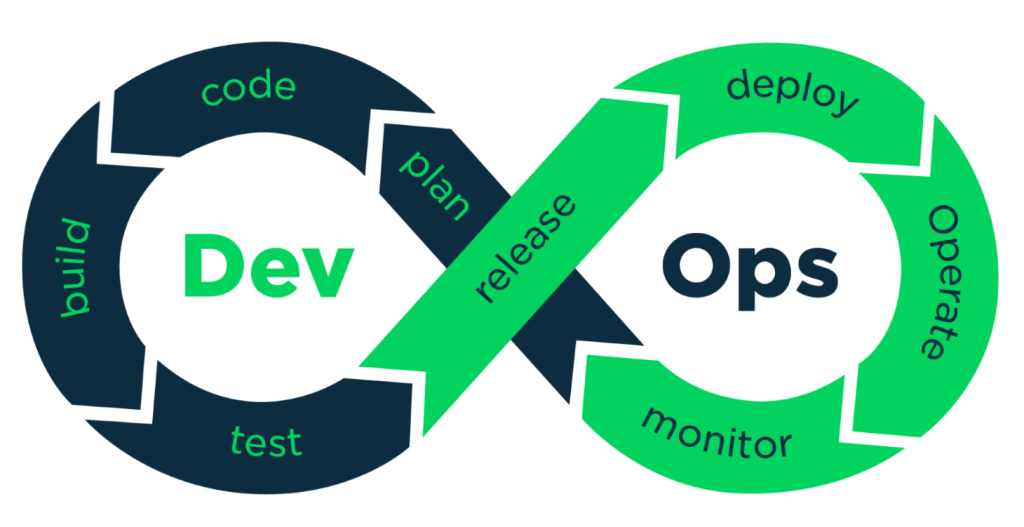In our article series on DevOps - Development & Operations - you will gain insight into what DevOps is, the challenges it solves, and the value it creates in renewables. In this article, we set the stage for DevOps and focus on the primary reason for adopting DevOps, which is to break down the barriers between development and operations, thus ensuring even faster and more efficient delivery in critical infrastructure - without compromising on security and resilience against cyber attacks.
There exists an invisible wall between development and operations. It has been there for many years, and it is particularly evident in industries where traditional operating engineering (OT) meets digitization (IT). In a fragmented IT organization, problems and tasks are typically seen as "theirs" or "ours" rather than a shared responsibility. Development and operations have individually optimized their own processes and introduced agile methods in their respective loops instead of creating a unified loop. And that's where the challenges arise. All tasks are a shared responsibility if we are to deliver the necessary business value to the users.
It's all about delivering to the business
This is where DevOps comes into play. DevOps aims to integrate the work of the development and operations departments, thereby strengthening collaboration between them, enabling better delivery to the business. DevOps does not represent a fixed toolbox or method, but primarily encourages a certain mindset and culture. Instead of throwing things over the wall and hoping someone on the other side can catch it, DevOps creates cohesion and initiates the communication necessary between different professional groups to succeed.
And by success, we mean accomplishing the shared task of delivering value efficiently and at scale to an industry that plays a crucial role in our critical infrastructure today. Wind farms are rapidly expanding, and digitalization of the industry must keep pace. Solutions need to be released faster and more reliably to significantly improve asset operation efficiency. That is the core task for any IT organization in renewables.
Continuous delivery throughout the lifecycle
The first step towards breaking down the wall between development and operations is to establish a shared loop based on a common mindset. In a shared loop, one gains a comprehensive view of technologies, processes, and practices based on a shared vision. What does the business want and when? And what requirements do we need to meet to achieve it? Once the requirements are known, they can be implemented, thus achieving Continuous Delivery - from the early ideation phase all the way through the lifecycle.

In bridging the gap between OT and IT, there are several natural barriers that must be acknowledged and addressed. Renewables are critical infrastructure, and faster digital scaling must therefore go hand in hand with energy policy requirements, including supply security and cybersecurity. However, this does not change the fact that DevOps is the path to developing smarter and more agile processes in an industry that continues to play a greater and more significant role for all of us.

